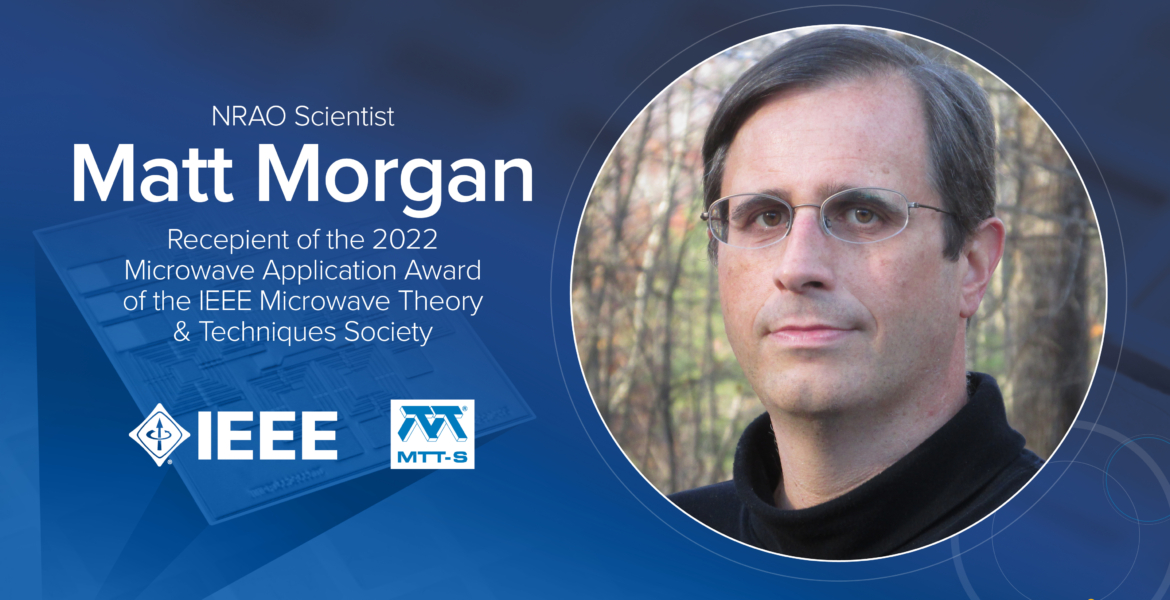The U.S. National Science Foundation National Radio Astronomy Observatory (NSF NRAO), in partnership with several leading Mexican universities and research institutes, has announced a series of landmark agreements and meetings aimed at advancing Mexico’s role in the Next Generation Very Large Array (ngVLA) project.
Recent News
Astronomers Discover a Superheated Star Factory in the Early Universe
Astronomers have uncovered a previously unknown, extreme kind of star factory by taking the temperature of a distant galaxy using the ALMA telescope. The galaxy is glowing intensely in superheated cosmic dust while forming stars 180 times faster than our own Milky Way.
Astronomers Share Largest Molecular Survey To-date: GOTHAM Legacy Data Goes Public
Astronomers in the “GBT Observations of TMC-1: Hunting Aromatic Molecules” research survey, known as GOTHAM, have released a spectral line survey with largest amount of telescope time ever conducted, charting more than 100 molecular species only found in deep space.
NRAO Researcher Receives Prestigious Engineering Award

Matthew Morgan, a scientist and research engineer at the National Radio Astronomy Observatory’s Central Development Laboratory, has received a prestigious engineering award for work that has beneficial applications far beyond its original purpose in radio astronomy. Morgan is receiving the 2022 Microwave Application Award of the Institute of Electrical and Electronic Engineers (IEEE) Microwave Theory and Techniques Society.
Morgan is being recognized “for the creation of a new class of reflectionless filters,” a technology that can significantly improve the performance of a wide range of electronic systems, including communications devices and a variety of defense and commercial applications. The new class of filters represents a breakthrough in the ability to reject unwanted radio frequencies while passing those desired — a necessary function in nearly every system that uses radio technology or that must manipulate signals to function.
The award “recognizes an individual or a team of up to five for an outstanding application of microwave theory and techniques,” according to the society.
Morgan designed the filters at the Central Development Laboratory in an effort to develop better receivers for radio astronomy. He was developing a prototype system that wasn’t working as well as he wanted. He traced the difficulty to the fact that the traditional filters he was using rejected unwanted frequencies by reflecting them backward, where they were causing problems. The usual solution was to insert additional circuits that would absorb the reflected signals, but that also would absorb some of the desired frequencies.
Morgan decided to try designing filters that would absorb the unwanted signals rather than reflecting them. Others had tried to do that, but none of their attempts satisfied his requirements. Approaching the problem from a fresh viewpoint, he came up with an innovative design that used the usual filter components — capacitors, resisters, and inductors — in a new configuration to produce exactly what he wanted, solving a longstanding engineering problem.
His designs for reflectionless filters soon gained the attention of engineers in a wide range of other fields. The new filter technology was patented in 2013, and in 2015 NRAO entered a licensing agreement with Mini-Circuits permitting commercial production of the filters. Mini-Circuits now has more than 50 models of the devices available for commercial purchase, with most of their customers coming from the military and test and measurement sectors.
“In radio astronomy, engineering advances enable new scientific discoveries. The ingenuity Matt applied to solving an important technical problem not only is improving our scientific capabilities, but also is beneficial in many other fields. We are very pleased to see him receive this well-deserved recognition from the engineering community,” said NRAO Director Tony Beasley.
Morgan will receive his award during the International Microwave Symposium in June in Denver, Colorado.
The National Radio Astronomy Observatory is a facility of the National Science Foundation, operated under cooperative agreement by Associated Universities, Inc.
###
Media Contact:
Dave Finley, Public Information Officer
(575) 835-7302
[email protected]
This news article was originally published on the NRAO website on Feb. 22, 2022.
Recent News
NSF National Radio Astronomy Observatory and Mexican Institutions Sign Historic Agreements to Advance ngVLA Collaboration
The U.S. National Science Foundation National Radio Astronomy Observatory (NSF NRAO), in partnership with several leading Mexican universities and research institutes, has announced a series of landmark agreements and meetings aimed at advancing Mexico’s role in the Next Generation Very Large Array (ngVLA) project.
Astronomers Discover a Superheated Star Factory in the Early Universe
Astronomers have uncovered a previously unknown, extreme kind of star factory by taking the temperature of a distant galaxy using the ALMA telescope. The galaxy is glowing intensely in superheated cosmic dust while forming stars 180 times faster than our own Milky Way.
Astronomers Share Largest Molecular Survey To-date: GOTHAM Legacy Data Goes Public
Astronomers in the “GBT Observations of TMC-1: Hunting Aromatic Molecules” research survey, known as GOTHAM, have released a spectral line survey with largest amount of telescope time ever conducted, charting more than 100 molecular species only found in deep space.
